Archaeologists have unearthed the remains of a massive submerged port off Egypt’s northern coast, a discovery that could shed light on one of history’s most enduring mysteries—Queen Cleopatra’s final resting place. The find is located near Taposiris Magna, an ancient temple complex about 30 miles west of Alexandria, long thought by some scholars to be linked to Egypt’s last pharaoh.

The ancient harbor, approximately 40 feet below the Mediterranean Sea, consists of stone buildings that rise more than six meters high, with shiny floors, columns, cement blocks, anchors, and scattered Ptolemaic amphorae. The port, previously connected to Taposiris Magna, suggests that the complex was far more than a religious site. It also served as a thriving trade center, linking overland routes and Lake Mareotis to Alexandria.
This breakthrough comes from two decades of work by Dominican archaeologist Kathleen Martínez, who has dedicated her career to tracing Cleopatra’s elusive tomb. While most Egyptologists maintain that the queen was buried in Alexandria, Martínez argues that evidence points to Taposiris Magna. The temple was dedicated to Osiris, a god associated with death and resurrection, and its name—“Great Tomb of Osiris”—may hold symbolic significance.
Martínez’s theory was strengthened in 2022, when her team discovered a 4,300-foot tunnel beneath the temple ruins. Carved deep into the rock, partially submerged, and heading seaward, it contained jars and ceramics dating to the time of Cleopatra. The newly discovered offshore harbor appears to be aligned directly with this tunnel, indicating an integrated network that could have been utilized in the queen’s burial.

In collaboration with oceanographer Bob Ballard, discoverer of the Titanic, Martínez and her team used sonar mapping and diving operations to survey the seabed. They revealed remnants of ancient marine activity, such as fishermen’s storage places and unmistakably man-made structures. The find was announced by the Egyptian Ministry of Tourism and Antiquities as proof of extensive maritime activities at the site during the Ptolemaic era.
It is also connected to historical accounts. Cleopatra and her Roman lover and ally, Mark Antony, died in 30 BCE following their defeat at the Battle of Actium. They were said to have been buried together by ancient writers, but their tomb has never been found in Alexandria. Earthquakes and a tsunami in CE 365 submerged large parts of the city’s royal quarter, and ongoing seismic displacements along the coast likely dragged pieces of Taposiris Magna into the water as well.

Martínez believes that the queen, not wanting to end up in the clutches of Rome, may have had her hidden burial prepared beyond Octavian’s grasp. By placing her and Antony in a place imbued with symbolism and protected from natural disasters, Cleopatra would be able to preserve her legacy from Roman forces.
Archaeological work at Taposiris Magna has uncovered coins bearing Cleopatra’s portrait, pottery, and mummies formerly covered in gold leaf, supporting claims that the temple was important during her reign. The underwater port is another piece of the puzzle, offering concrete proof that the site was in use during Cleopatra’s time and perhaps at the center of her final journey.

The findings will be highlighted in the upcoming National Geographic documentary Cleopatra’s Final Secret, premiering September 25. For Martínez, the port discovery is not an end but a milestone. “We will continue searching on land and underwater,” she has said. “This is the beginning of a huge task.”
The find will be showcased in National Geographic’s new documentary Cleopatra’s Final Secret, which airs September 25. For Martínez, uncovering the port is not a destination but a milestone. “We will continue searching on land and underwater,” she said. “This is the beginning of a huge task.”
“Read the full story at natgeo.com and watch the documentary special, CLEOPATRA’S FINAL SECRET, on Nat Geo and Disney+.”



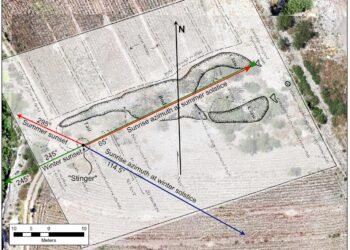
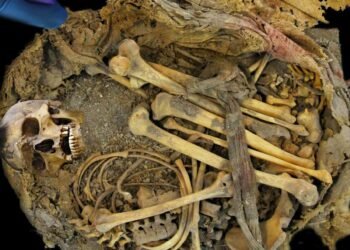
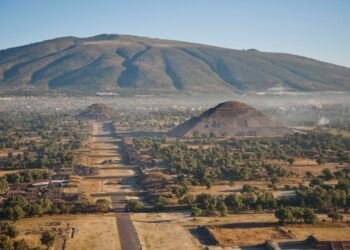
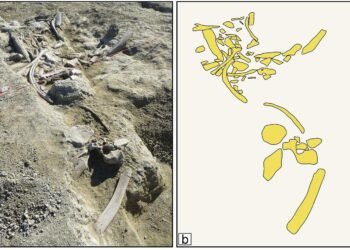
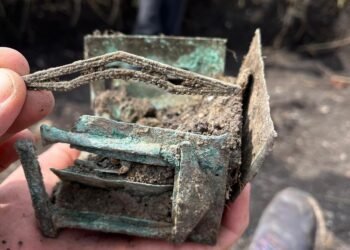
















I love watching the channel that shows all the things that have been found. Especially anything to do with cleopatra. All so fascinating. Thank you for showing all the latest discoveries.
Fascinating!!!! I thank everyone for their incredible work.